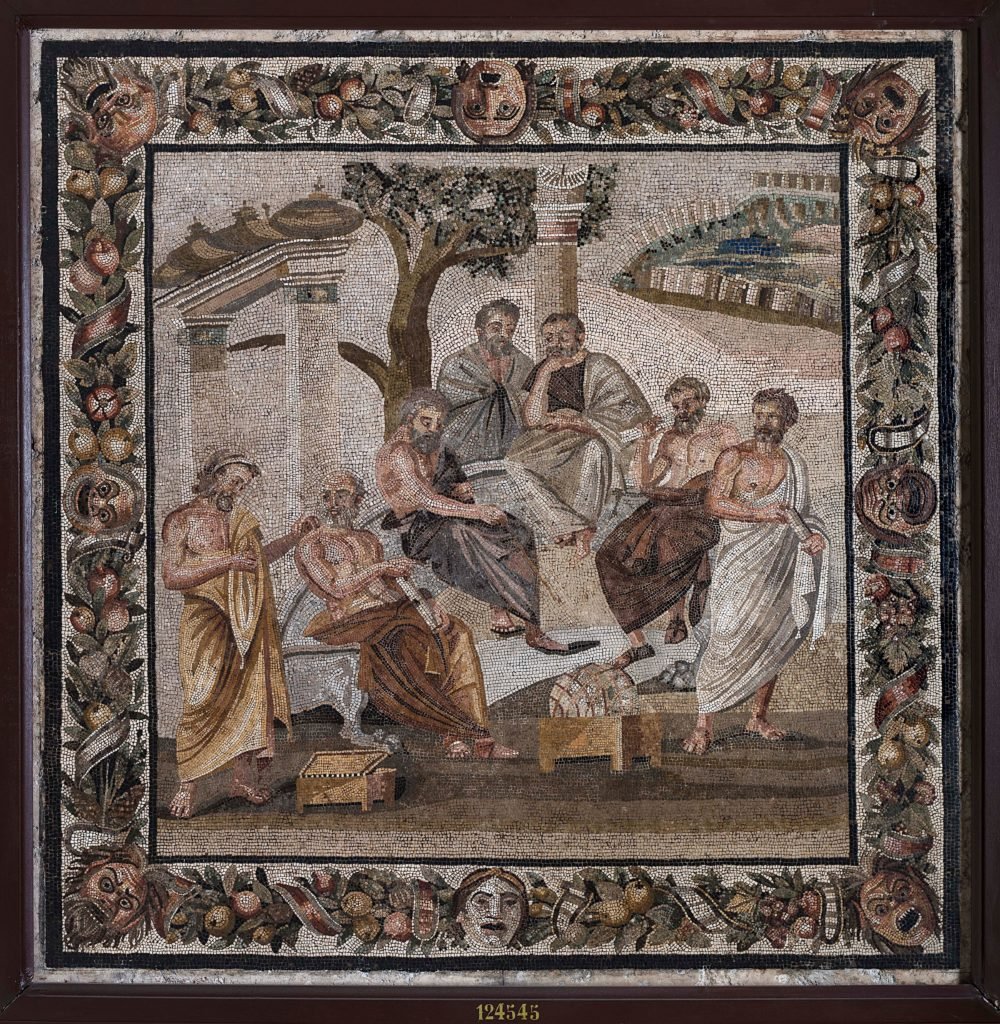Opinion
The Emperor Augustus’s Pocket Watch?
THE DAILY PIC: At the Institute for the Study of the Ancient World, classical timekeeping looks rigorously imprecise.

THE DAILY PIC: At the Institute for the Study of the Ancient World, classical timekeeping looks rigorously imprecise.

Blake Gopnik

THE DAILY PIC (#1700): After the passing of two millennia, it’s amazing how much we still seem to have in common with the cultures of ancient Greece and Rome. A show in New York called “Time and Cosmos in Greco-Roman Antiquity,” at the Institute for the Study of the Ancient World, gives a sense of the connections at the most basic, day-to-day, technological level. Today’s Pic, for instance, is a portable sundial from the Roman Empire that seems a pretty close equivalent to a modern watch, or to the clock on your cell phone, that lets you keep track of the 24 hours in the day as they pass.
Or maybe the similarities between antiquity and the present aren’t nearly as strong as they seem on the surface. Sure, the Romans divided their day into 24 hours, as we do, but their hours were not all the same length and actually varied according to the seasons: the Roman day always had 12 hours, as did the night, which means that the hour’s duration had to be adjusted as dawn and dusk came at different times, and every sundial had to be calibrated for the latitude where it was being used. Not exactly the orderly, efficient time-keeping system that we’re used to.
As the ISAW curator Alexander Jones explained to me when I visited, for all that the Greeks and Romans were obsessed with counting out time, their interest may have been more symbolic than practical. Most of antique society was organized around an informal schedule that didn’t really demand much in the way of precision timekeeping, and anyway, the tools they had for telling time were hardly precise. Even the best sundials were only accurate to the nearest quarter hour and of course were useless at night or under overcast skies, while water clocks were tricky to make and run.
The Roman who owned the portable sundial in today’s Pic would probably have showed it off as a symbol of his knowledge of time and of the astronomy that governed it rather than because he truly needed to count out the hours. Knowledge is power, they say, and in antiquity knowledge of time gave power over the universe – even if that power was still mostly theoretical and philosophical.
Another great object at ISAW is the fine mosaic I’m showing below, excavated from Pompei and now in the Museo Archeologico Nazionale di Napoli. It represents a crowd of philosophers philosophizing – with a sundial presiding above. (Photo of portable sundial ©Museum of the History of Science, University of Oxford)

The Daily Pic also appears at Artnet News. For a full survey of past Daily Pics visit blakegopnik.com/archive.